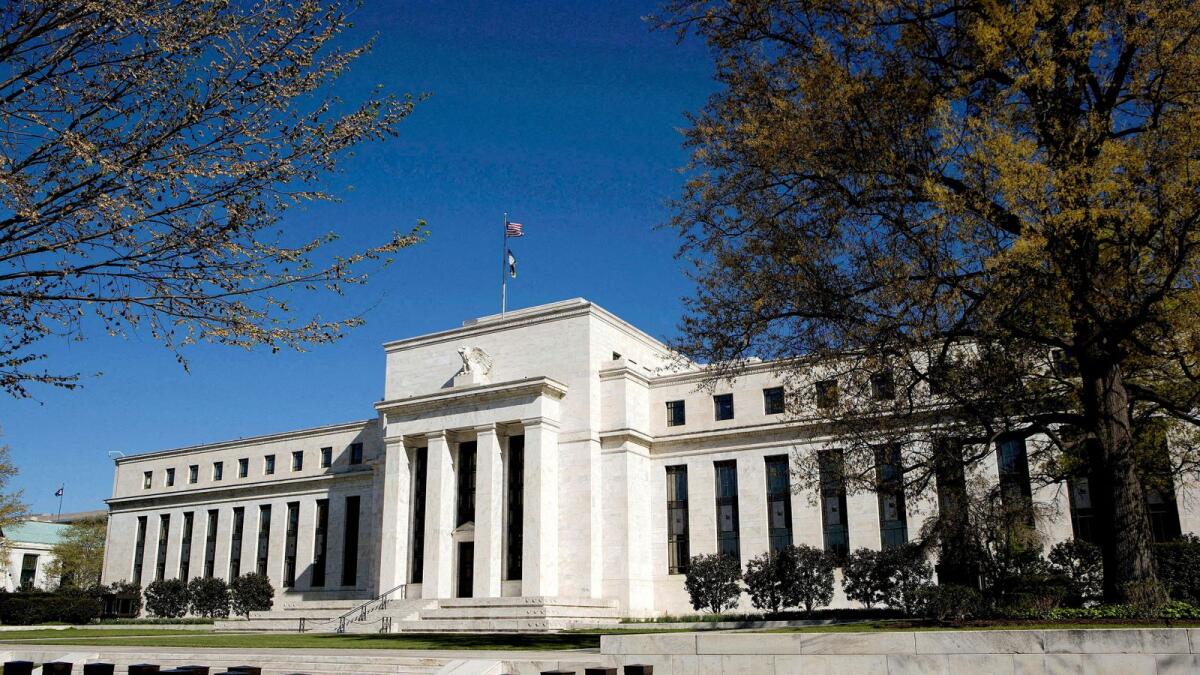The dollar dipped as traders anticipated speeches from Federal Reserve policymakers and new economic data to hint at the pace of interest rate cuts. The Swiss franc rose after a smaller-than-expected interest rate cut by the Swiss National Bank. European and Asian stocks were buoyed by China’s stimulus plans and news of potential further support, leading to increased risk appetite.
In the forex market, the focus remains on the Federal Reserve’s monetary policy and US economic indicators. The dollar, which had previously hit a 14-month low, rebounded after a sharp fall following a decrease in consumer confidence. Analysts suggest that the Fed will likely continue to lower rates at a faster pace compared to other central banks, leading to a weaker dollar.
Following the SNB’s decision to cut rates, the Swiss franc strengthened against the dollar and the euro. The central bank signaled a willingness to make further rate cuts to alleviate pressure on exporters. The upcoming speeches by Fed officials, including Chair Jerome Powell, will provide further guidance on the central bank’s future policy direction.
The euro saw gains against the dollar amidst positive expectations for Chinese demand after the stimulus plan announcement. The yen, on the other hand, weakened against the dollar ahead of the Liberal Democratic Party’s leadership elections. The uncertainty surrounding the results could impact the yen’s performance, with analysts predicting potential reflationary policies from certain candidates.
In relation to Japan, minutes from the Bank of Japan’s meeting showed disagreements among policymakers on the speed of interest rate hikes. The Australian dollar experienced a rebound after a recent retreat, while the Chinese yuan strengthened in offshore trading. Overall, market sentiment is influenced by central bank policies, economic data, and political developments in key economies.











